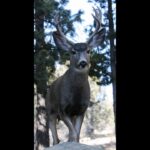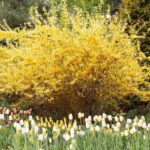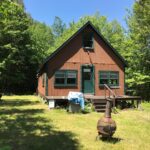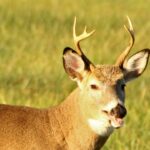The Colorado Eastern Plains Mule Deer Hunt beckons adventure-seekers and avid hunters alike. This comprehensive guide delves into the intricacies of this thrilling pursuit, providing a roadmap to success in the vast and untamed Eastern Plains.
Within these pages, you’ll discover the intricacies of hunting regulations, prime hunting locations, effective techniques, and essential gear. Prepare to navigate the rugged terrain, outsmart elusive prey, and create memories that will last a lifetime.
Hunting Regulations and Season Information

Hunting mule deer in the Colorado Eastern Plains is governed by specific regulations and season dates set by the Colorado Parks and Wildlife (CPW). These regulations aim to ensure the conservation of mule deer populations while providing hunting opportunities for licensed hunters.
The mule deer hunting season in the Eastern Plains typically runs from September to November, with specific dates varying depending on the hunting unit. Hunters are required to obtain a valid hunting license and appropriate tags before participating in the hunt.
License Types and Requirements
Several license types are available for mule deer hunting in the Eastern Plains, each with its own eligibility requirements and application process:
- Resident License:Available to Colorado residents who meet residency requirements.
- Nonresident License:Available to non-residents of Colorado.
- Youth License:Available to youth hunters who meet age and eligibility requirements.
- Landowner Preference License:Available to landowners who meet specific property ownership criteria.
- Over-the-Counter License:Available for purchase over-the-counter without the need for an application or draw process.
Special Permits and Tags
In addition to a hunting license, hunters may need to obtain special permits or tags for hunting in certain areas or during specific seasons:
- Limited Quota Buck Tag:Required for hunting buck mule deer in units with limited buck harvest quotas.
- Either-Sex Tag:Allows hunters to harvest either a buck or doe mule deer.
- Antlerless Tag:Specifically for harvesting doe mule deer.
Hunters are responsible for understanding the specific regulations and requirements for the hunting unit they intend to hunt in. Detailed information on hunting regulations, season dates, and license types can be found on the CPW website.
Habitat and Hunting Locations: Colorado Eastern Plains Mule Deer Hunt
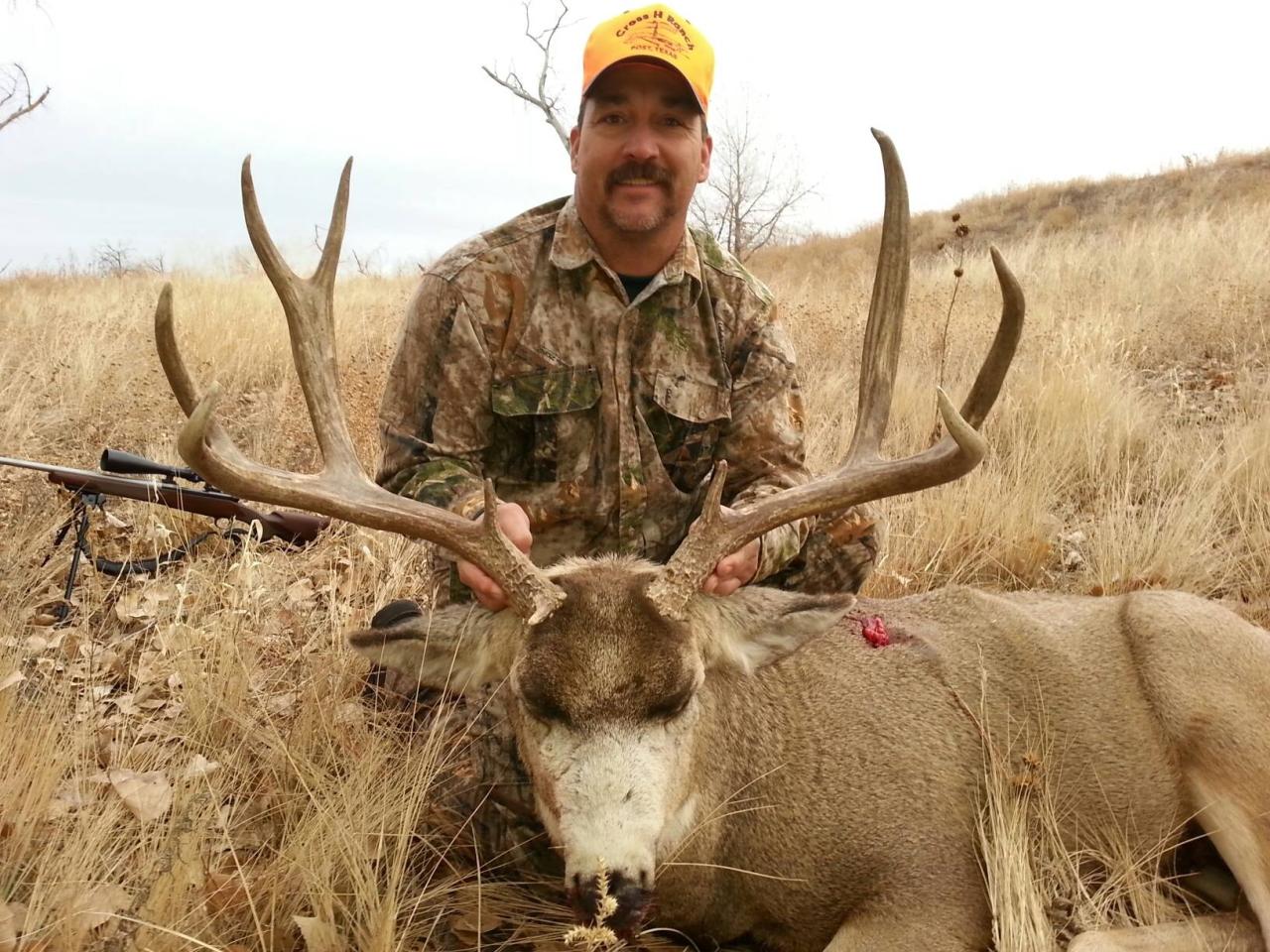
Mule deer in the Colorado Eastern Plains primarily inhabit shortgrass prairie and mixed-grass prairie ecosystems. These grasslands are characterized by a mix of grasses, forbs, and shrubs, providing food and cover for deer.
Key hunting locations include areas with diverse vegetation, water sources, and cover. Mule deer are often found near riparian areas, such as rivers, streams, and ponds, as they provide water and vegetation. Additionally, areas with dense stands of trees or shrubs, such as juniper woodlands or cottonwood groves, offer cover and thermal protection.
Potential Hunting Spots
Potential hunting spots in the Colorado Eastern Plains can be identified by considering the factors discussed above. Areas with a mix of shortgrass and mixed-grass prairie, riparian areas, and cover provide the best opportunities for hunting mule deer.
When hunting mule deer in the eastern plains of Colorado, it’s crucial to choose the right caliber. While some may question if a .22 can effectively take down a deer, experts suggest that it can be a suitable option under specific conditions.
However, it’s essential to consider factors such as shot placement and distance when using a .22 for mule deer hunting. Ultimately, the choice of caliber should align with the hunter’s experience and the specific circumstances of the hunt.
- Pawnee National Grassland
- Comanche National Grassland
- Arapahoe National Wildlife Refuge
- Rocky Mountain Arsenal National Wildlife Refuge
- Two Buttes State Wildlife Area
Hunting Techniques and Strategies
Hunting mule deer in the Colorado Eastern Plains requires specific techniques and strategies to increase your chances of success. Understanding the terrain, deer behavior, and effective hunting methods will enhance your experience and maximize your opportunities for a rewarding hunt.
Spot and Stalk
Spot and stalk is a traditional hunting technique that involves locating deer from a distance and carefully approaching them while remaining undetected. This method requires patience, stealth, and the ability to move quietly through the open terrain. Advantages include the potential for long-range shots and the excitement of getting close to the animals.
However, it can be challenging in areas with limited cover or when deer are wary.
Stand Hunting
Stand hunting involves setting up a portable or elevated stand in an area where deer are known to travel or feed. This technique allows hunters to remain concealed while waiting for deer to come within range. Advantages include increased visibility, reduced movement, and the ability to cover more ground.
However, it can be less effective during windy conditions or when deer are pressured.
Rattling
Rattling is a technique that mimics the sound of antlers clashing during the rut. This can attract bucks during the breeding season, as they may mistake the sound for a rival and come to investigate. Rattling can be effective in areas with high deer densities, but it is important to use it sparingly and at the right time of year.
Tips for Success
- Scout the area beforehand to identify deer patterns and potential hunting spots.
- Dress in camouflage clothing and avoid making unnecessary noise.
- Use binoculars or a spotting scope to locate deer from a distance.
- Move slowly and cautiously when stalking deer.
- Be patient and persistent, as hunting mule deer can require time and effort.
Gear and Equipment
Mule deer hunting in the Colorado Eastern Plains requires specialized gear and equipment to ensure a successful and safe hunt. Choosing the right rifle, ammunition, and optics is crucial for accurate shooting, while proper clothing, backpacks, and accessories enhance comfort and functionality in the field.
Rifle and Ammunition
For mule deer hunting in the Eastern Plains, a rifle chambered in a medium-caliber, such as .270 Winchester or .308 Winchester, is recommended. These calibers offer a balance of power, accuracy, and recoil, making them suitable for shots at various distances.
Ammunition should be selected based on the specific rifle and hunting conditions, considering factors like bullet weight, trajectory, and terminal performance.
Optics
A high-quality riflescope is essential for precise shot placement, especially in open terrain. Choose a scope with a magnification range that suits your hunting style and the typical distances you expect to encounter. A variable power scope, such as a 3-9×40 or 4-12×40, provides versatility for both close-range and long-range shots.
After a successful Colorado eastern plains mule deer hunt, nothing beats the satisfaction of enjoying your hard-earned game. While there are countless ways to prepare venison, have you ever considered trying butter with deer on it ? This unique delicacy adds a touch of wild game flavor to your breakfast or snack.
Spread it on toast, crackers, or even pancakes for a taste of the hunt in every bite. As you savor the rich flavor of the venison butter, you’ll be reminded of the thrill of the chase and the beauty of the Colorado eastern plains.
Clothing and Backpack
Appropriate clothing is crucial for comfort and protection in the Eastern Plains’ often harsh weather conditions. Layer your clothing to adjust to changing temperatures, and choose materials that are breathable and moisture-wicking. A backpack is essential for carrying gear, food, and water, so opt for one that is comfortable and has ample storage space.
Accessories, Colorado eastern plains mule deer hunt
Additional accessories can enhance your hunting experience. A rangefinder is helpful for determining accurate distances to targets, while binoculars provide a wider field of view for scanning the terrain. A tripod or shooting sticks can stabilize your rifle for more precise shots, and a GPS device can aid in navigation and tracking your location.
Safety Considerations

Hunting mule deer can be an exciting and rewarding experience, but it’s important to remember that safety should always be your top priority. There are several potential hazards to be aware of when hunting in the field, and it’s crucial to take steps to avoid them.
One of the most important things you can do to stay safe is to be aware of your surroundings and to pay attention to the terrain you’re hunting in. Be aware of any potential hazards, such as cliffs, ravines, or other obstacles that could cause you to fall or get injured.
It’s also important to be aware of the weather conditions and to dress appropriately. Hypothermia and heat stroke can both be serious hazards, so it’s important to be prepared for any type of weather.
Hunting Alone
If you’re hunting alone, it’s especially important to take precautions to stay safe. Let someone know where you’re going and when you expect to be back. Carry a whistle or other signaling device in case you need to call for help.
And always be aware of your surroundings and be prepared to defend yourself if necessary.
Firearm Safety
Firearm safety is another important consideration when hunting mule deer. Always follow the four rules of firearm safety:
- Treat every firearm as if it is loaded.
- Never point a firearm at anything you don’t intend to shoot.
- Keep your finger off the trigger until you are ready to fire.
- Be sure of your target and what is beyond it.
Additional Resources

To enhance your Colorado Eastern Plains mule deer hunting experience, we highly recommend exploring the following resources:
Stay updated on the latest hunting regulations, seasons, and permit availability by visiting the official website of the Colorado Parks and Wildlife (CPW): https://cpw.state.co.us/
Local Wildlife Agencies and Hunting Guides
For expert advice, guided hunts, or additional information, consider contacting the following organizations:
- Colorado Parks and Wildlife: https://cpw.state.co.us/
- Colorado Outfitters Association: https://www.coloradooutfitters.org/
- Rocky Mountain Elk Foundation: https://www.rmef.org/
Success Stories and Testimonials
Get inspired and learn from the experiences of seasoned hunters who have successfully pursued mule deer in the Colorado Eastern Plains:
- “My Eastern Plains mule deer hunt was an unforgettable experience. The vast landscapes and abundant wildlife made for an incredible adventure.” – John Smith, avid hunter
- “I highly recommend hunting mule deer in Colorado. The guides were knowledgeable, and the hunt was well-organized.” – Mary Jones, experienced hunter
Final Conclusion
As you embark on your Colorado Eastern Plains Mule Deer Hunt, remember to prioritize safety, respect the wildlife, and embrace the challenges that lie ahead. With knowledge as your compass and unwavering determination as your guide, you’ll conquer the Eastern Plains and emerge victorious.
Essential Questionnaire
What are the key hunting locations in the Colorado Eastern Plains?
Prime hunting spots include the Pawnee National Grassland, Comanche National Grassland, and the Arkansas River Valley.
What hunting techniques are commonly used for mule deer in the Eastern Plains?
Still-hunting, spot-and-stalk, and ambush hunting are popular techniques in this region.
What essential gear should I bring for a mule deer hunt in the Eastern Plains?
A reliable rifle, appropriate ammunition, binoculars, rangefinder, and comfortable hunting attire are crucial.
